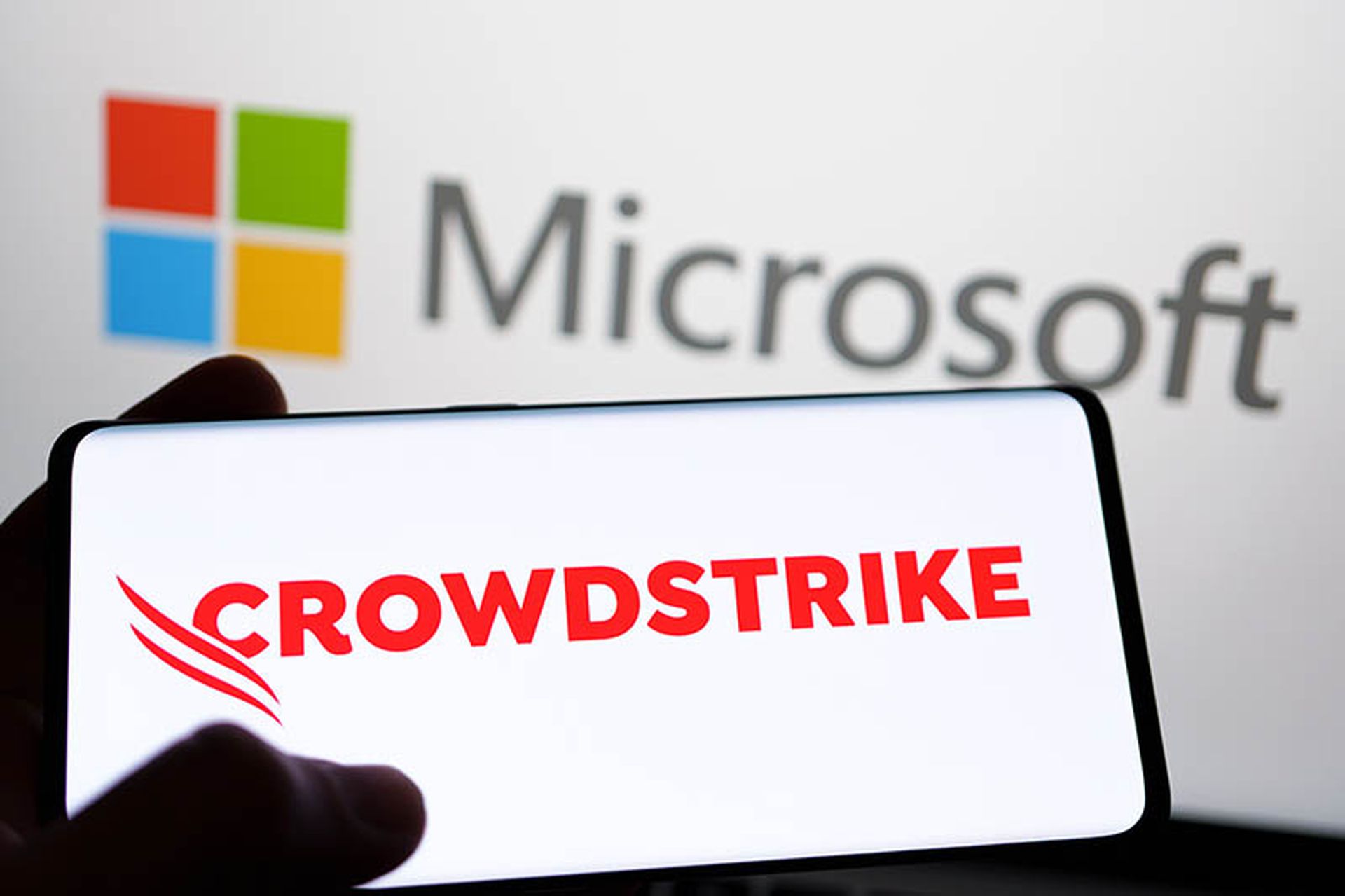Digital impersonation attacks do not figure in top threat lists like the OWASP Top Ten. However, they are a common precursor in phishing, malware distribution, financial fraud, e-skimming, and other forms of cyberattacks – and often go unnoticed.
Threat actors exploit the cavalier attitude of customers who carelessly click on links and input their details into login portals. They take advantage of the familiarity of online interfaces such as Microsoft and Amazon to make users unwittingly download infected files, install malicious software, reveal their usernames and passwords, or send payments to fraudulent recipients. As these attacks become more widespread, it’s important to adequately understand them to mitigate them effectively.
Despite website impersonation’s lack of popularity in cybersecurity circles, most enterprises currently employ products that try to address the threat. Data from the 2024 Memcyco Digital Impersonation Fraud Resilience Report shows that 72% of companies use a website impersonation protection solution, but among those, only 6% said their product actually solved the problem.
Furthermore, the report found that 40% of customers who became victims of fake site scams ceased to transact with the business whose website was impersonated, while around two-thirds of businesses only learned about website impersonation attacks from customer reports, after they’ve already been scammed.
With the digital impersonation problem largely being approached post-facto, organizations are unnecessarily risking irreparable damage to customers and their brand’s reputation.
The solution lies in effective mitigation. It’s important to focus on the following areas to mitigate digital impersonation: swift detection, rapid response, and customer protection. These points emphasize prevention and mitigation because it’s not easy to simply take down a spoofed website. Based on DMCA takedowns, it takes a day to up to 10 days to remove an offending site from the internet, but it can also potentially take months, depending on the situation. Here’s a rundown of the three mitigation strategies:
- Swift detection: One effective and free way to discover spoofing of a corporate website is by setting up Google Alerts so the team gets notified about the latest websites or pages that relate to a particular keyword or brand name. This lets organizations keep track of the recently-launched online pages that may attempt to use a brand for dirty schemes. There are also tools, such as online reputation management products, that teams can deploy to identify cases of impersonation at their early stages. Some of them employ AI to achieve real-time monitoring through various inspection methods. They scour the internet, including social media platforms and dark web forums, to find possible instances of fake sites.
- Rapid response: Organizations should have a plan ready to make sure that all actions are taken without delay. They should send takedown demands to the offending sites and their domain registrar, as well as coordinate with concerned parties, such as hosting providers, search engines, and government authorities, such as cybercrime and intellectual property concerns, to quickly proceed to other courses of action. It’s also advisable to monitor customer interactions with the website. It’s not an option to rely on customers for threat intel, simply waiting for complaints. Organizations need to stay proactive in mitigating the threat before it reaches their customers. It’s crucial to use AI tools to detect early signs of impersonation-related anomalies, such as payments that fail to clear and customers who report login failures despite inputting the correct credentials.
- Customer protection: It’s vital to ensure that customers don’t fall victim to website impersonation attacks. Start by sending prompt advisories to warn customers about imposter sites and offer guidance on how to identify and avoid them. It’s also important to regularly remind customers to stay vigilant when interacting with sites that request sensitive data or money. Moreover, it's important to invest in tools that help clients avoid imposters. There are email security products that use AI to examine email correspondence and help users spot malicious actors in disguise. Various anti-phishing tools also help in detecting cyber threats that are based on fake brands and websites. It’s also worth looking into real-time solutions that warn customers whenever they encounter an impersonated website.
Digital impersonation attacks are becoming increasingly difficult to detect and mitigate. Given this reality, I cannot overstate enough the importance of having adequate strategies in place and effective tools to counter them. Security pros need to make swift detection, rapid response, and customer protection their top priorities.
David Balaban, owner, Privacy-PC




